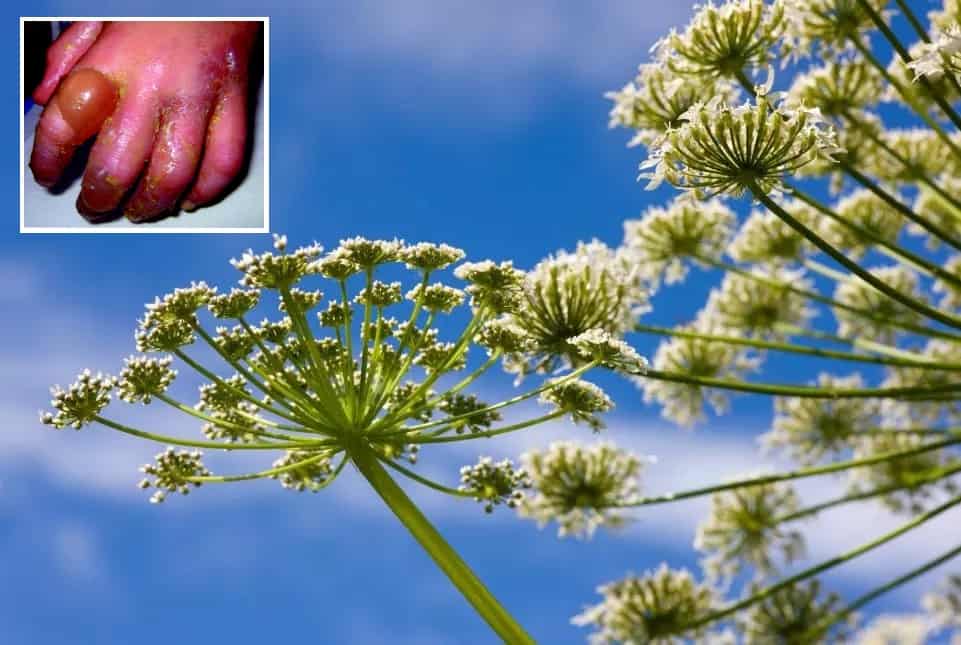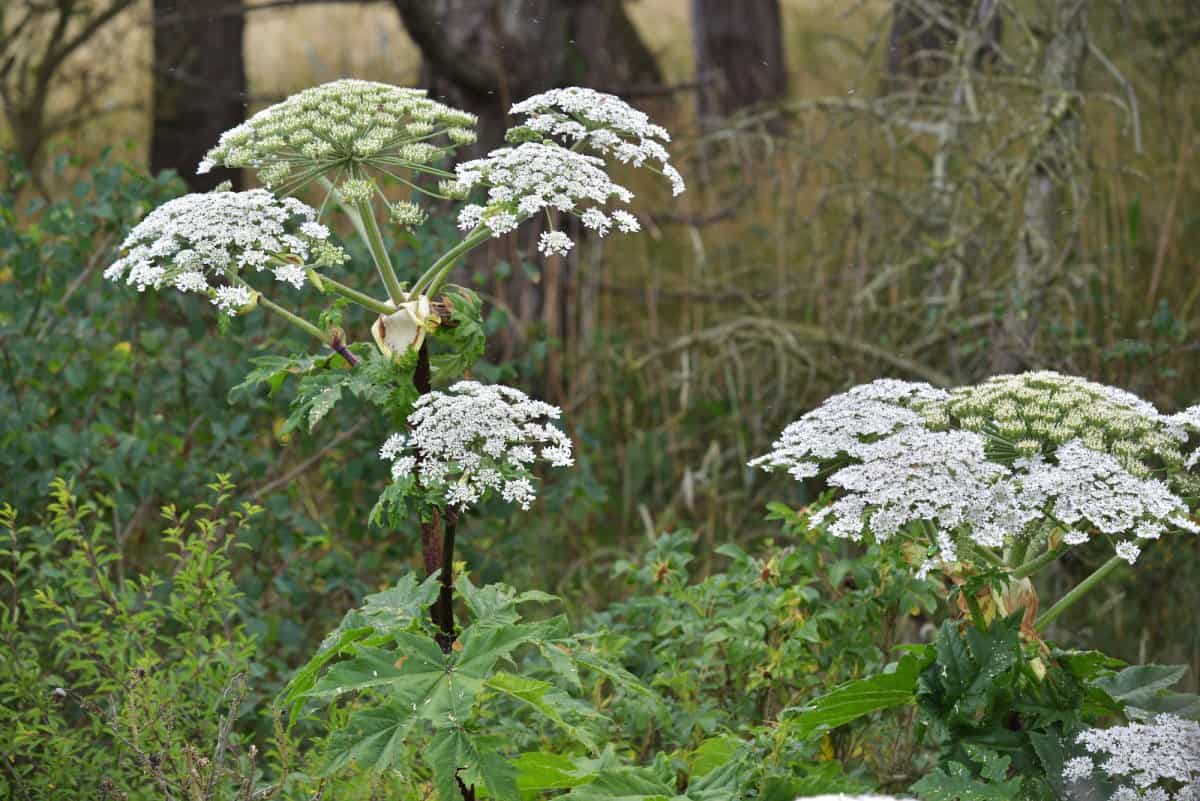
Plant That Causes 3rd Degree Burns And Permanent Blindness Found In Virginia
A plant has been discovered in northern Virginia that can cause 3rd degree burns and permanent blindness, and the terrifying piece of nature can grow to more than 14 feet tall.
Officials have warned people to be on the lookout for the plant – giant hogweed – as it can cause third degree burns just by brushing against the plant. Giant hogweed has never been seen before in Virginia, and can be incredibly troublesome for those who come across it. The sap from the plant makes skin so sensitive to sunlight that it can cause severe burns, known as phytophotodermatitis.

Along with skin being incredibly sensitive to sunlight after exposure to the plant’s sap, those who come into contact with the plant will suffer from severe blisters, permanent scarring and if the sap gets into your eyes, you may become permanently blind. After coming into contact with the plant, skin can remain extremely sensitive to sunlight for years. The plant typically grows between 8 and 15 feet tall, and sprouts white flowers when blooming.
Officials from Isle of Wight County released a statement to Facebook, saying “Giant Hogweed makes Poison Ivy look like a walk in the park.” They have also confirmed that there have been approximately 30 plants found in Clarke County, with more in Middlesex County and Staunton. “There is a strong possibility that the Giant Hogweed could find it’s way into the Tidewater/Coastal Virginia area.”

The Department of Environmental Conservation released a statement;
“Heat and moisture (sweat or dew) can worsen the skin reaction. The phototoxic reaction can begin as soon as 15 minutes after contact, with sensitivity peak between 30 minutes and two hours after contact.”
“It may be possible for hogweed seeds to remain viable in the soil for 15 years. For this reason, long-term monitoring is very important. Check the site and surrounding areas for the next several years for the emergence of any hogweed seedlings or regrowth from previous year’s plants.“
The DEC has urged people to contact officials and do not try to remove it yourself. If you do get sap on any skin, wash it thoroughly with cold water and soap and keep the affected area out of sunlight for at least 48 hours.



